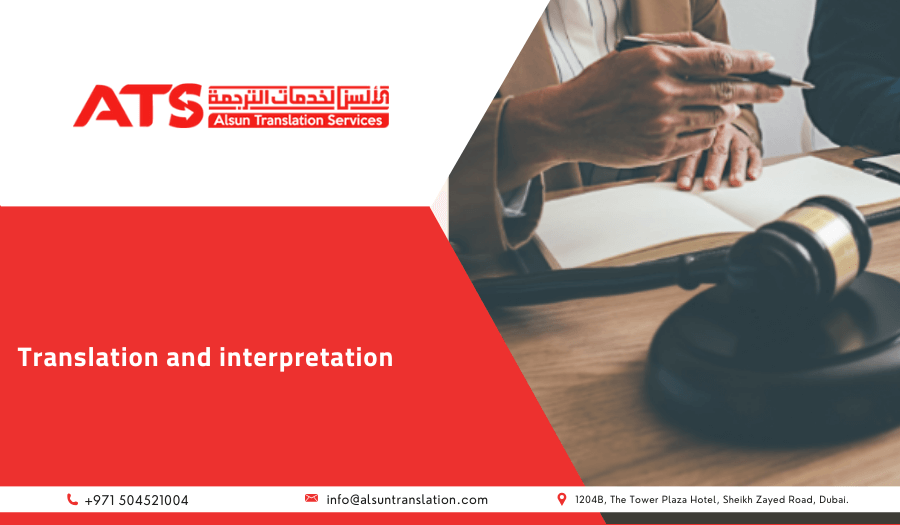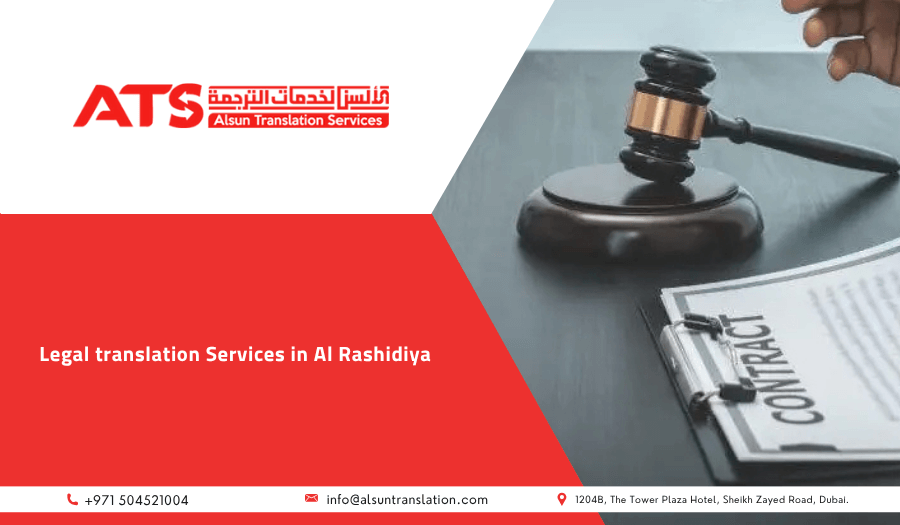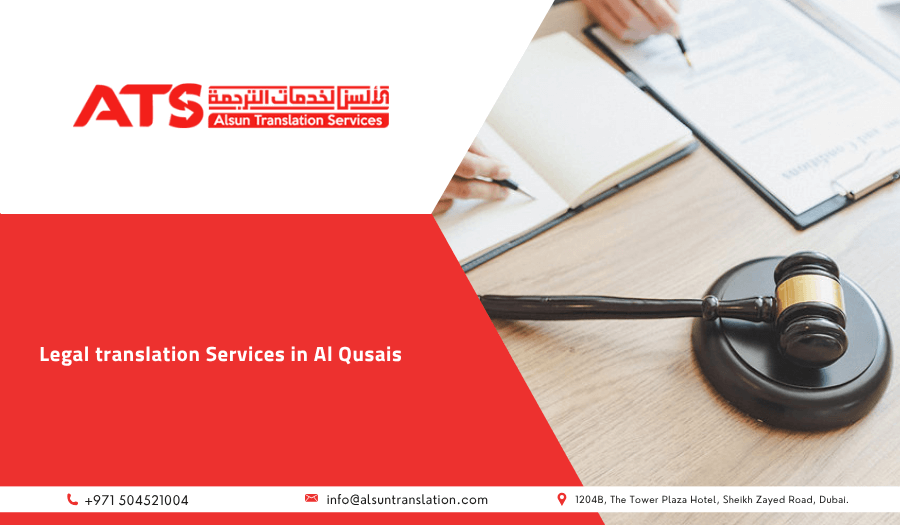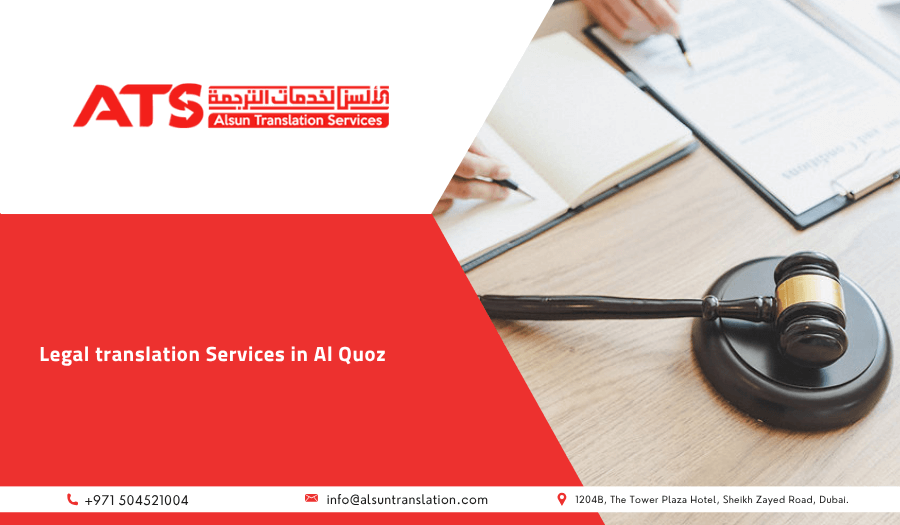Effective communication and clear understanding are crucial in achieving the best possible outcomes in lawyers, courtrooms, cases, and judges. Within this context, the roles of legal interpreter and legal translator are of utmost significance.
This blog delves into the distinct responsibilities of legal interpreters and translators, showing the difference between translation and interpretation and the vital importance of their expertise in facilitating effective language communication.
Table of Contents
What is translation?
Translation is the process of converting written texts from one language to another while maintaining accuracy and integrity, and considering specific terminology, concepts, and cultural nuances.
Translators must be able to uncover hidden cultural and linguistic nuances, identifying specific elements that can assist people facilitate their legal procedures and international transactions.
Types of Translation
Legal translation
It involves translating various legal texts, ranging from certificates to agreements and laws. It also needs accuracy in conveying terms and preserving meaning. This type of translation covers translating legal documents, including:
- Affidavits that serve as evidence in legal proceedings.
- Immigration documents, including passports, criminal records, and academic papers.
- Bank documents, including statements, account-opening paperwork, and proof of identity.
- Birth, marriage, and death certificates.
- Contracts and terms & conditions documents.
- Court documents, such as motions and briefs.
- Government records that encompass legal matters.
- Patents and intellectual property, including specifications, correspondence, and claims.
Certified translation
It is a type of translation that is required by official entities, courts, and embassies, as it includes a declaration signed by the translator and a stamp of the certified translation office to ensure its completeness and accuracy.
Medical translation
Medical translation is extremely important in hospitals to facilitate communication between patients and doctors, and it is also useful in translating medical records for continuing treatment abroad and completing travel procedures.
Medical translators pay attention to the finest details and translate medical terms accurately to avoid any mistakes that could lead to serious medical consequences.
Financial translation
Financial translation is one of the most important types of translation because it covers everything that concerns companies and banks in global markets through the translation of all various financial documents and papers, including financial statements, balance sheets, financial regulations, business negotiations, and more.
Technical translation
This type of translation covers translating specialized texts and documents that are related to industries like engineering, manufacturing, electronics, or automotive. Technical translators handle user manuals, product descriptions, technical texts, scientific papers, and more.
Characteristics of Translation
- Accuracy: the translation must be accurate and precise, as every word in the target text must reflect the original meaning and tone to comply with the cultural perspective of the target audience. So the result is high-quality translation.
- Consistency: translators maintain high-quality translations by keeping the consistency of terms and writing styles of the texts, especially the large ones.
- Cultural adaptation: Language and culture are two sides of the same coin, so the translator must be aware of the source language’s culture and the professional ways to convey it to the target language in a manner that suits its culture.
- Language fluency: being fluent in the source and target languages is the fundamental of the professional translations. The translator must be native speaker of the target language to deliver high-quality translations.
Human translation vs AI translation
AI and machine learning have become crucial components in various industries and organizations, playing a significant role in tasks such as legal translation.
However, despite its many advantages, AI falls short compared to human translators regarding accuracy and understanding.
On the other hand, AI excels in speed and cost-effectiveness, offering benefits such as automating reminders, contract analysis, legal research, and handling repetitive tasks. Nevertheless, AI still struggles with accuracy and understanding the broader context, which can result in errors.
Therefore, human translators are indispensable in situations that demand accurate translations, cultural comprehension, grammatical precision, and complex projects. Although AI has made significant progress, it is crucial to include human proofreading and checking to ensure accuracy and reliability when utilizing AI translators.
What is interpretation?
Interpretation involves the oral conversion of spoken words from one language to another during legal proceedings, business meetings, conferences, seminars, academic courses, or client meetings.
Legal interpreters facilitate communication between parties who speak different languages, enabling effective participation in legal processes. They must have the capacity for quick thinking, enabling them to engage in potentially tense conversations without hesitation.
Moreover, interpreters must possess strategic and critical thinking skills to make prompt decisions on the most effective language to accurately convey the speaker’s intended message.
Types of interpretation
There are various approaches and methods of legal interpretation employed, including:
Simultaneous interpretation
In simultaneous interpretation, the interpreter converts the speaker’s message into the target language in real-time. The interpreter listens to the speaker through headphones and immediately translates the spoken words into the target language for the listeners.
This type is commonly employed in courtrooms, international conferences, and other large-scale legal events with multiple participants who require interpretation. Skilled interpreters capable of working quickly and accurately are essential for simultaneous interpretation.
Consecutive interpretation
In consecutive interpretation, the interpreter listens to the speaker and takes notes while the speaker delivers their message. Once the speaker completes a segment of speech or a complete thought, the interpreter renders the message into the target language.
The interpreter may stand alongside the speaker and interpret their words or take turns speaking, allowing the speaker to pause periodically for interpretation. Consecutive interpretation is frequently used in legal proceedings such as depositions, small hearings, or one-on-one client interactions.
Whispered interpretation
Whispered interpretation is similar to simultaneous interpretation, but it covers small meetings, as the interpreter whispers the target language in the listener’s ear at the same time of speaking. Whispered interpretation is required in small business meetings or trade negotiations between two companies representatives.
Human interpreters vs AI
Human interpreters bring emotional intelligence, cultural awareness, and a deep understanding of linguistic nuances to ensure accurate translations of context-dependent expressions.
While there have been improvements in machine translation, accurate and effective communication is still crucial in various scenarios like legal proceedings, where human interpreters play an essential role.
Human interpreters possess the ability to provide cultural context and understanding that machines lack, and they can interpret idiomatic expressions, regional dialects, and humor embedded in cultural contexts.
Similarities between translation and interpretation
Legal interpreters and translators are highly skilled professionals with extensive knowledge in their field. Although they have different sets of skills, they also have similarities, including:
- Accuracy is essential for both legal interpreters and legal translators. They must have the expertise to produce high-quality work in their specialties.
- Both roles require specialized training in legal contexts and navigating the often conflicting meanings and terminologies in legal documents.
- Interpreters and translators must deeply understand cultural nuances and distinctions to ensure smooth, error-free communication.
Key differences between translation and interpretation
|
Translation |
Interpretation |
| Deal with spoken language |
Deal with written content |
|
Interprete the speech on the spot during live scenarios. |
Handle the texts over some time with access to external resources |
| Interpreters rely on their immediate linguistic skills. |
Translator may use computer-assisted tools such as translation memory and termbase |
|
Interpreter needs working under pressure and excellent communication skills due to the real-time nature of the task. |
Translators need accuracy and consistency in handling documents and texts to provide high-quality translations. |
Tips to be a professional legal translator and Interpreter
Becoming a professional legal interpreter and translator in the translation and interpretation career takes time, dedication, and ongoing learning. Here are some expert tips to help you professionalize:
- Fluent in at least two languages through extensive reading, writing, speaking, and listening practice.
- Get a bachelor’s or master’s degree in translation or a related field to gain the necessary knowledge and skills.
- Focus on legal terminology and concepts by taking specialized courses or workshops.
- Study the legal systems, procedures, and specific terminology in legal documents and proceedings.
- Keep up with legal developments and language trends through reading, professional courses, and continuous language skill improvement.
- Maintain professional ethics and confidentiality and avoid conflicts of interest by familiarising yourself with ethical guidelines for legal interpreters and translators.
Also know: Dubai’s Legal Translation Industry: An Overview
Hire The Best Legal Interpreter and Legal Translator in Dubai
Alsun Legal Translation is a top-notch translation and interpretation company and has a team of the most dedicated translators and interpreters in the UAE. Our translators are fluent in more than 75 languages and have experience in almost all fields of translations, as everyone specialises in a specific industry, whether it is legal, medical, technical, or financial to provide accurate translation in a short time.
Our interpreters are the best in the UAE, as they cover all national and international events in any language required. They are characterised by good appearance, neutrality, politeness, and quick translations. Trust us and let us handle your conferences and events anytime you want.
Also know: What is needed to Translate Legal Documents?
Conclusion
In conclusion, legal interpreters and translators play distinct but equally essential roles in facilitating effective communication in legal settings. While AI translation offers speed and cost-effectiveness, human translators are indispensable for accurate translations, cultural comprehension, and complex projects. Similarly, human interpreters bring emotional intelligence and cultural context that machines lack.
Both professionals require specialized training, expertise in legal contexts, and a deep understanding of cultural nuances. Whether translating written texts or providing oral interpretation, accuracy, and excellent communication skills are critical in these crucial roles.
Choose accuracy. Choose excellence. We are chosen for all your legal translation and interpretation needs. Contact us today and start transforming your legal world today!
Read More: Transcript of Records Translation.
FAQs
What is translation and interpretation?
Translation refers to translating written texts from one language to another while maintaining legal accuracy and integrity and considering legal terminology, concepts, and cultural nuances. Interpretation involves the oral conversion of spoken words from one language to another during legal proceedings, business meetings, conferences, seminars, academic courses, or client meetings.
Is translation and interpretation a good career?
Yes. Translation and interpretation are good careers for those who are passionate about languages and cultures of different countries and have strong communication and linguistic skills.
What type of translation is most difficult?
Legal translation is the most difficult, as legal translators deal with the legal language that differs according to the country, its traditions, and legal system. So, the translator must have a deep knowledge in the legal language of the target country as well as the source language.



